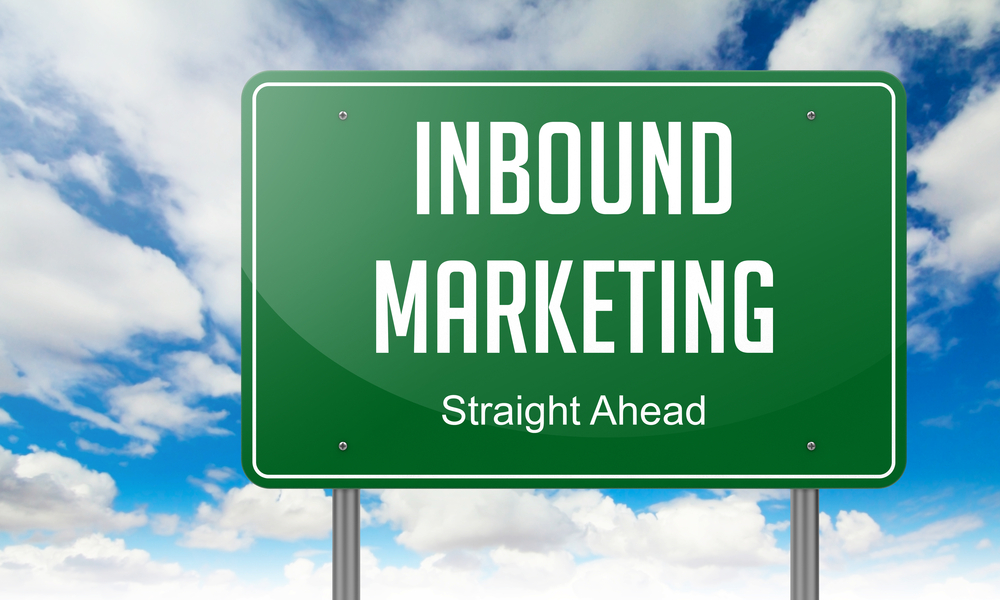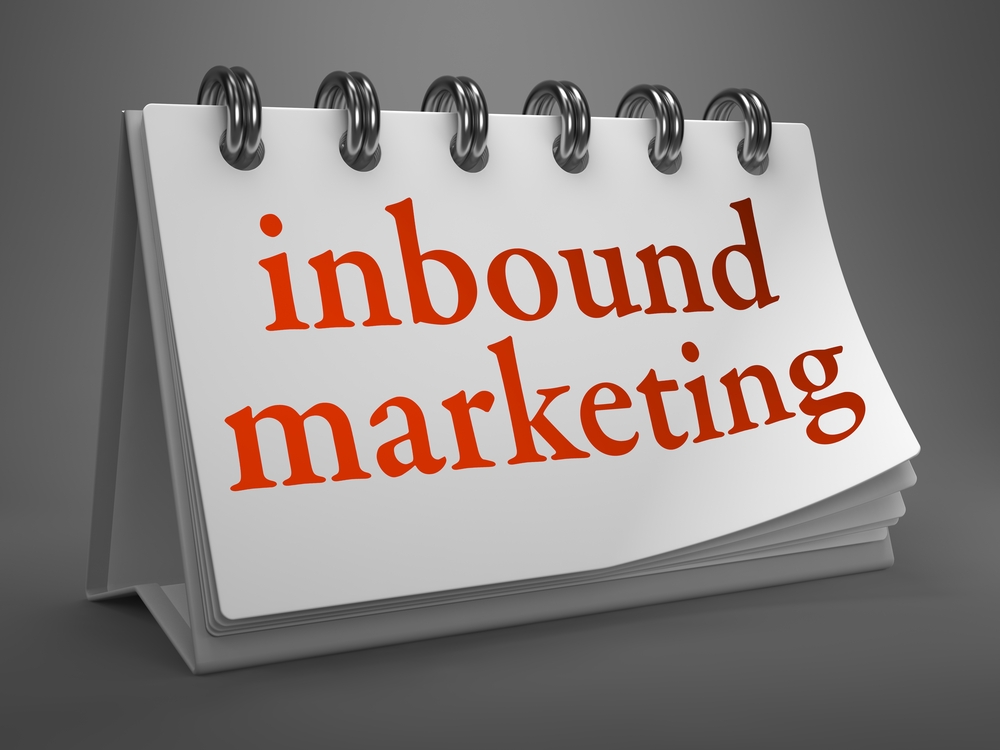No other tool drives reputation management more effectively than public relations.
What Is Reputation Management, and How Does It Drive Investment Decisions?
Corporate reputation refers to what people think of your brand, company, or product. Reputation management deals with the efforts to influence and burnish such public perceptions - critical to your business’ survival and success. It has become pivotal in its impact on investor relationships, confidence, and, ultimately, decisions. The same goes for rapid, open response when there’s a problem or a crisis – the response immediately effects your reputation.
Read More
Topics:
Content marketing,
Social media,
Brand,
Customer communications,
Corporate communications,
Marketing qualified leads (MQL),
Sales qualified leads (SQL),
Corporate social responsibility,
CSR,
Investor relations
Social media has major impact – delivering increased customer engagement, free publicity, cost-effective public relations, enhanced brand awareness, stronger credibility, and thought leadership-building opportunities.
Social media gives you more control over your brand image and reputation – and less.
Read More
Topics:
Content marketing,
Social media,
Brand,
Customer communications,
LinkedIn,
Marketing qualified leads (MQL),
Sales qualified leads (SQL),
Twitter/X,
YouTube,
Facebook,
Reputation
Nike’s online community built around its Run Club app not only benefits members through personal training tips and challenges, but also helps the company gain an in-depth understanding of its users’ interests and behaviors.
Online fashion brand Asos’ social followers constantly share content and respond to comments.
Spin Sucks’ 80,000+-strong community’s passion for content marketing has made the brand a leader in the PR and communications industry.
Social media plays a critical role in building a community of loyal customers who can positively impact your brand or business, especially with simple tools like WhatsApp or Slack.
Read More
Topics:
Content marketing,
Social media,
Brand,
Customer communications,
Audience,
Messaging,
Personas,
Client relations,
Shared media,
LinkedIn,
Marketing qualified leads (MQL),
Sales qualified leads (SQL),
Twitter/X,
YouTube,
Facebook,
Reputation
Getting truly qualified leads is a complex process.
By marketing to your followers on LinkedIn, BlueSky, X, Facebook, Instagram, YouTube, TikTok, or anywhere else your customers may be, you’re reaching out to people who already love, support, or are interested in your company, or have had a prior relationship or encounter with you - in other words, a qualified lead.
Even if they aren't already following you, if they fit your ICP, the algorithm will make the connection for you.
Read More
Topics:
Content marketing,
Social media,
Brand,
Customer communications,
Audience,
Messaging,
Personas,
Client relations,
Shared media,
LinkedIn,
Marketing qualified leads (MQL),
Sales qualified leads (SQL),
Twitter/X,
YouTube,
Facebook,
Reputation
Know What Your Customers Are Thinking
Quick. Name the most powerful marketing tool you have.
The answer comes in various forms - consumer insights, customer data, market research - but all these terminologies amount to one critical word.
KNOWLEDGE.
Read More
Topics:
Content marketing,
Social media,
Customer communications,
LinkedIn,
Marketing qualified leads (MQL),
Sales qualified leads (SQL),
Twitter/X,
YouTube,
Facebook
Or How to Get the Most Bang from Your Inbound Marketing Buck
While marketing budgets are growing and more and more companies are leveraging inbound marketing, many CEOs want to know: what returns are we getting out of our investment to prove that inbound marketing is the way to go?
One, inbound has supplemented outbound in terms of clearly measurable ROI; two, the ROI areas prove the effectiveness of inbound marketing; and three, 10 metrics to consider when measuring inbound ROI.
Read More
Topics:
Content marketing,
Content,
Marketing,
Persona,
Inbound marketing,
Customer communications
Marketers increasingly recognize that if they want higher ROI, more qualified sales leads, lower cost per acquisition, and increased brand authority, inbound marketing is essential.
Inbound marketing is unlike traditional outbound marketing approaches that have marketers vying for customers’ attention via ads, trade shows, and cold calling. Instead, inbound focuses on having potential leads come to you via company-created content that drives visitors to your website, engages them, and helps your sales team convert them into customers and loyal brand followers.
Read More
Topics:
Blog,
Content,
Marketing,
Social media,
Inbound marketing,
Customer communications,
Audience,
Personas
You can have it all, just not at the same time, or so it seems.
Your SEO/AIO expert is amazing but your writing team doesn’t have the time to create all the needed content nor create all the content and landing pages, even with AI help.
Your social media team has created comprehensive promotional campaigns but is falling behind on curating the objective content necessary to please your target audiences.
Read More
Topics:
Public relations,
Content marketing,
DIY,
Social media,
Persona,
Inbound marketing,
Customer communications,
Personas,
PR,
SEO
Committing to inbound marketing means attracting and growing your leads and customer base via valuable and highly customized content and experiences. To successfully drive inbound marketing and sales, three things must happen:
Read More
Topics:
Content marketing,
Inbound marketing,
Customer communications,
Marketing qualified leads (MQL),
Sales qualified leads (SQL),
Hubspot
Social media always needs to be in complete synch with inbound and content marketing, PR, and customer communications. This is especially critical when it comes to the PESOTM model (created by Gini Dietrich), which drives brand awareness, reputation, and sales by integrating Paid, Earned, Shared, and Owned media, maximizing content.
Read More
Topics:
Content marketing,
Content,
Customer communications,
Corporate communications,
SEO,
PESO,
Paid media,
Earned media,
Shared media,
Owned media




.png)


